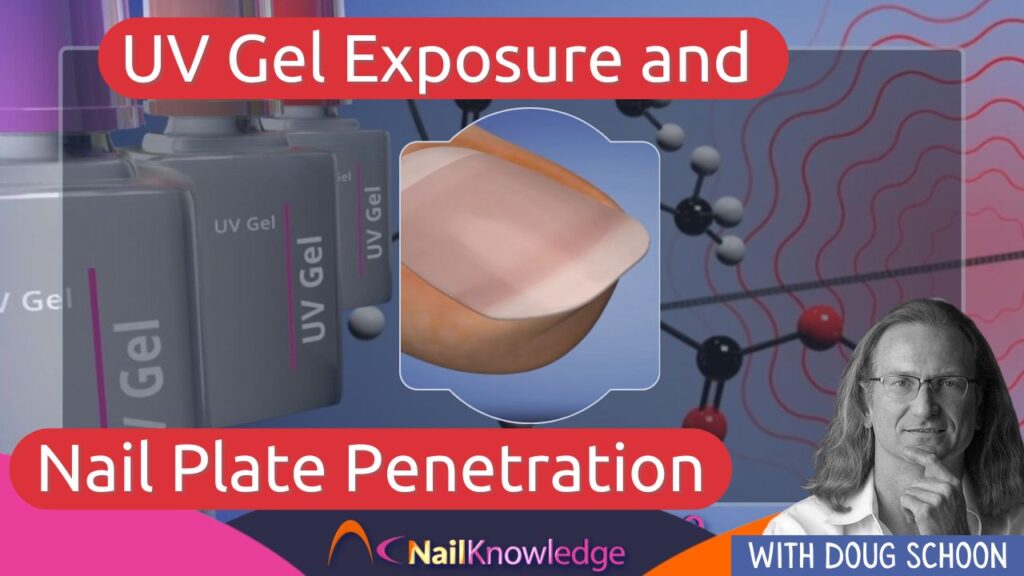In the world of nail care, questions about the safety and effects of products are a common theme among both professionals and clients. We frequently receive inquiries concerning various aspects of nail treatments, particularly those involving UV gels and potential allergic reactions.
A recurring question that has sparked considerable debate and concern revolves around the likelihood of allergies being triggered by uncured gel penetrating the nail plate. Given the complexity of this topic and the importance of accurate information, this article aims to clarify these concerns with expert insights and evidence-based responses.
Here’s a common query we often encounter in the realm of nail care
A friend has an allergy that she believes is caused by uncured gel on the nail plate entering the body through this route, but I suspect it is from over exposure to the UV gel or dust. Aren’t the molecules of ingredients too large to enter the nail plate?
Clarifying Nail Allergy Concerns: Exposure vs. Penetration
It would be extremely unlikely that penetration through the nail plate is the cause of the allergy. The exception to this would be if the nail plate were highly damaged or missing portions that expose bare nail bed.
If the bare nail bed is exposed to UV gel, the risks of developing an irritation or permanent skin allergy will significantly increase. UV gels should only be applied to an intact nail plate. The skin has its own immune system that is separate from the internal immune system. This explains why direct skin contact is required to cause skin allergies.
UV gel ingredients do NOT penetrate through healthy, intact nail plates to cause allergy, instead, this is from direct exposure to UV gel, dust, filings or inhibition layer. This becomes especially more likely if the UV gels are not properly cured.


